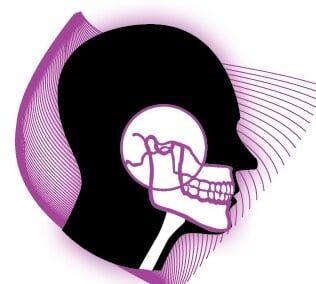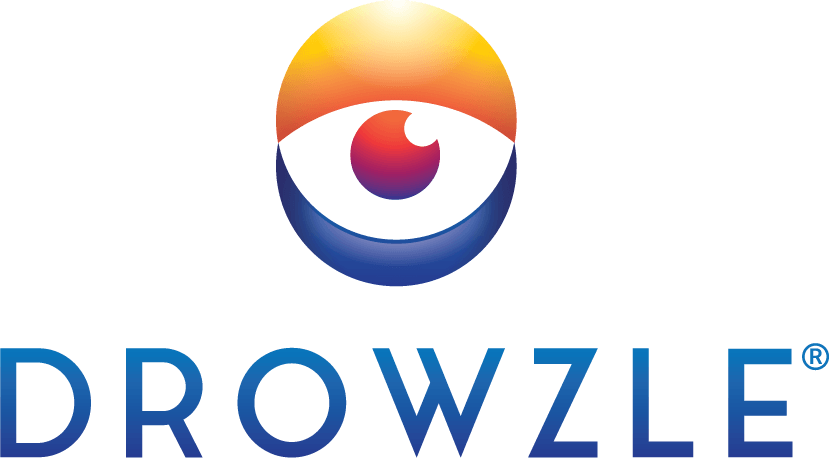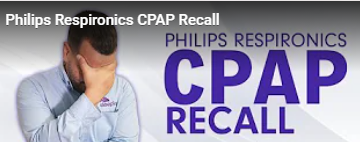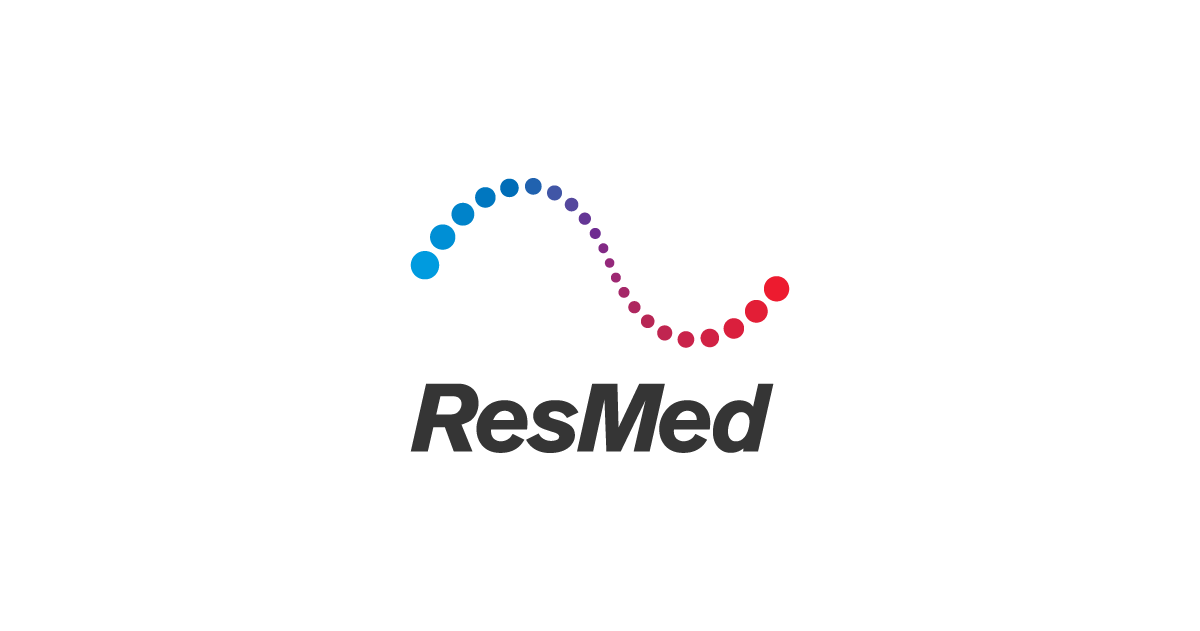An Innovation For Sleep ApneaCombination Therapy With Or Without PAP Or Oral Appliance Therapy
Polysomnogram (PSG) and CPAP
What is Standard of Care?
The diagnosis of Sleep Disordered Breathing, more specifically Obstructive Sleep Apnea, (OSA) begins with a screening process that hopefully leads to a diagnostic determination prior to a cardiovascular event, stroke, diabetes or one of the other comorbidities commonly associated with sleep apnea occurring. The “gold standard”:
• for diagnosis is an “in lab” sleep study or polysomnogram (PSG)
• for treatment is positive air pressure or CPAP
The PSG is the diagnostic gold standard because it is an attended study monitored by a clinician with special training in what to watch for, how to score the data and collects the most information during sleep - while the CPAP is the treatment gold standard because it best treats the disease.
Both have their limitations:
• PSG because patients in general don’t sleep well in a strange location
• CPAP because it can be difficult therapy that 50% of patients discontinue after one year and 83% after five years.
Alternatives to PSG and CPAP:
• At Home, or Home Sleep Tests or HST’s, are much more tolerated and lend themselves to multiple night studies but overall collect less data than the PSG’s
• Oral Appliances, the most common alternative to CPAP is much better tolerated by patients than CPAP but does not treat Sleep Apnea as effectively, especially in the severe cases.
APAP Improved Technology:
For some the more sophisticated smart chip technology used in a variation of CPAP, called AutoPAP (APAP) can make a difference by:
• Automatically adjusting the pressure accommodating for the night to night variability of sleep, the varying stages of sleep, and adjusting to what posture we are sleeping in – all of which are never the same from night to night or each hour of a given night.
• Efficacy and Usage Reporting is excellent.
• The mask fit technology improvements have been outstanding.(See the Dream Wear technology designs by Respironics elsewhere on this site)
• Summary: PAP Therapy – most effective – but compliance remains low.
An Oral Appliance Alternative - OAT:
There exists near 150 FDA approved oral appliances for the treatment of Obstructive Sleep Apnea and make no mistake that would not be the case if every patient could wear their PAP device. Advantages and disadvantages:
• Patient Compliance is at or often better than 90% when custom fit.
• Both the American Academy of Sleep Medicine and the American Academy of Dental Sleep Medicine recognize OAT as the first line of treatment for mild to moderate cases of OSA and for those severe patients that fail PAP Therapy.
• Efficacy and Usage reporting is poor making monitoring more difficult.
• In many cases OAT does not treat Sleep Apnea as effectively as APAP and as a result is thought by many to be better than nothing for those that are PAP intolerant.
• Summary: OA Therapy – less effective – but compliance is high.
You might be thinking that if you visit a medical office the pathway mostly leads to PAP Therapy while if you visit a dental office the pathway is OAT and you would be mostly correct unless you are dealing with a physician that pays attention to the number of patients intolerant to PAP therapy or if you visit a seasoned dentist that pays attention to the failed levels of treatment of OAT. For those that have treated OSA for a substantial period of time it becomes evident that this is not a “this or that therapy” but rather one of what ever it takes to affectively treat the patient leading us to what is termed Combination Therapy.
Combination Therapy
What is it?
Let’s describe Combination Therapy as having the sole purpose of treating the disease the best way possible with a method that the patient can best tolerate. With that purpose in mind, once diagnosed, the preferred sequence would be as follows:
1. Initiate APAP
in all but the lowest level of the disease because it is the most effective, treats the disease immediately, provides excellent compliance and effectiveness reporting and the equipment is improving every day with better mask options. If APAP is successful we stop there – if not - we add:
2. Oral Appliance Therapy
which if worn with the APAP the disease is treated while we slowly advance the OA to a treatment position and the APAP reports the effectiveness of the OA as we go. As we advance the appliance the APAP automatically adjusts the pressure down which for many patients allows the positive air pressure to be better tolerated. For some the PAP can be discontinued if the reporting suggest we do so as a result of the OA fully treating the disease. For others they will need to continue both therapies in order to best be treated but can often travel or go camping and such with just the oral appliance without health outcomes being at risk – research supported.
What has been described above is by far the most commonly effective form of Combination Therapy – an APAP plus an OAT
- when in fact there are many other choices that can work in specific cases. Examples would be: various surgical approaches as provided by ENT Surgeons, Bariatric Surgeons, UPPP and Piller procedures, Inspire like implant nerve stimulators, WinX, Night Shift, Provent, Somnoplasty, MATRx and MATRx Plus, Weatherford, TAP and other appliance connected PAP devices, as well as various other postural reminders. For a more detailed description of Combination Therapy Options Visit: http://www.jbouzis.com/combination-terapy-options-in-detail
Essentially in the World of Sleep Medicine today it can be said that given a patient that is unconditionally committed to obtaining results without a 3rd party reimbursement influenced frame of reference - along with medical and dental collaboration it would be a rare patient that we could not treat. Naturally, we all realize that is a fantasy in that 3rd parties and insurance always serve to delay and deny needed treatment.




